Visit Our In-Demand General Blog
Visit Our In-Demand Tour & Travel Blog
Let’s continue to the blog..
Tuscany is synonymous with rolling hills, medieval towns, and world-class wines. For travelers, a wine tour in this region is not just about tasting wine—it’s about experiencing the culture, history, and lifestyle of Tuscany. From Chianti to Montalcino, vineyards dot the countryside, offering a perfect escape for both casual wine lovers and serious connoisseurs. Wine Tours in Tuscany.
This guide covers everything you need to know about wine tours in Tuscany, including what to expect, how to choose the right tour, tips for booking, and insider advice to make your experience unforgettable.
Why Tuscany is a Wine Lover’s Paradise
Tuscany is one of Italy’s most celebrated wine regions, known for its Sangiovese-based wines, Super Tuscans, and Brunello di Montalcino. The region combines fertile soil, ideal climate, and centuries of winemaking expertise to create wines of exceptional quality.
- Diverse Wine Regions: Chianti, Montalcino, Montepulciano, and Bolgheri all offer unique wine experiences.
- Cultural Immersion: Many wineries are family-owned estates, offering a glimpse into local traditions and Tuscan hospitality.
- Scenic Beauty: Vineyards set against rolling hills and historic villages make wine tours visually stunning.
Whether you’re interested in tasting prestigious wines or learning about production techniques, Tuscany offers experiences tailored to every traveler.
What to Expect on a Tuscany Wine Tour
Wine tours in Tuscany can vary from half-day tastings to full-day excursions, depending on your interests and schedule. Here’s what most travelers can expect:
1. Vineyard Visits
Tours typically start with a walk through the vineyards, guided by an expert who explains grape varieties, cultivation techniques, and the harvest process. Depending on the season, visitors may witness pruning, harvesting, or barrel aging. Wine Tours in Tuscany.
2. Wine Production Insights
After the vineyard tour, you’ll often explore the cellars and production facilities. This includes:
- Wine fermentation in stainless steel or oak barrels
- Aging techniques and barrel selection
- Bottling processes and quality control
Learning about wine production gives context to the flavors you’ll soon taste.
3. Guided Tastings
The highlight of any wine tour is the tasting session. A typical experience may include:
- 5–8 wines ranging from reds, whites, and sparkling to dessert wines
- Tasting tips such as swirling, smelling, and savoring
- Pairings with local bread, cheese, and cured meats
Tastings often include Super Tuscans or Brunello di Montalcino, giving travelers a chance to sample high-end wines in their home region.
4. Food Pairings
Many tours feature traditional Tuscan cuisine to complement the wine experience. This can include:
- Fresh pasta and bruschetta
- Pecorino cheese and cured meats
- Olive oil and regional bread
Pairing wine with food highlights the flavors and aromas of both, enhancing your understanding of Tuscan gastronomy.
5. Scenic Views and Photo Opportunities
Vineyards in Tuscany are often surrounded by hilltop towns, olive groves, and cypress-lined roads. Expect plenty of opportunities for stunning photographs, especially during golden hour.
Popular Wine Regions to Explore
Tuscany has multiple regions, each with its own specialties. Here are some of the most popular:
Chianti
- Known for Chianti Classico wines, primarily Sangiovese grapes
- Picturesque rolling hills and historic villages
- Ideal for half-day tours or self-drive wine experiences
Montalcino
- Famous for Brunello di Montalcino, one of Italy’s most prestigious wines
- Rich history and small, charming towns
- Full-day tours recommended to explore wineries and local villages
Montepulciano
- Known for Vino Nobile di Montepulciano
- Offers a mix of hilltop architecture and lush vineyards
- Great for combining wine tasting with cultural sightseeing
Bolgheri
- Coastal region famous for Super Tuscans
- Modern wineries and contemporary architecture
- Excellent for wine enthusiasts seeking high-end varietals. Wine Tours in Tuscany.
How to Choose the Right Wine Tour
Choosing a wine tour depends on your preferences, schedule, and budget. Consider these factors:
1. Group vs Private Tours
- Group Tours: Budget-friendly, social, and structured
- Private Tours: Personalized, flexible, and ideal for couples or small groups
2. Half-Day vs Full-Day
- Half-Day Tours: Focused on 1–2 wineries, ideal if time is limited
- Full-Day Tours: Allows for multiple wineries, lunch, and scenic stops
3. Inclusions
Check what the tour includes:
- Transportation (especially important if visiting multiple wineries)
- Tasting fees and food pairings
- English-speaking guides or sommeliers
4. Special Experiences
Some tours offer cooking classes, truffle hunting, or barrel tasting sessions, enhancing the cultural experience.
Booking Tips for Tuscany Wine Tours
- Book in Advance: Popular wineries can fill up quickly, especially during harvest season (September–October).
- Check Reviews: Look for authentic experiences with knowledgeable guides.
- Consider Transportation: If driving, be aware of local regulations and wine tasting limits.
- Seasonal Considerations: Spring and fall offer beautiful scenery and milder temperatures. Summer can be hot and crowded.
- Ask About Private Tastings: Some wineries offer behind-the-scenes experiences not included in standard tours. Wine Tours in Tuscany.
Wine Tour Etiquette
- Dress Appropriately: Comfortable shoes for walking in vineyards; casual chic is recommended.
- Ask Questions: Sommeliers and guides enjoy sharing knowledge about grape varieties and terroir.
- Respect the Environment: Stay on marked paths and handle wine samples with care.
- Pace Yourself: Tasting sessions involve multiple wines; savor and enjoy slowly.
High-Search FAQs for Tuscany Wine Tours
1. How much does a Tuscany wine tour cost?
Prices vary from 50 to 200 euros per person, depending on duration, inclusions, and the winery’s prestige.
2. Can I book a wine tour independently?
Yes, many wineries accept bookings directly online. Local travel agencies or guides also offer packaged tours.
3. Are wine tours suitable for beginners?
Absolutely. Tours cater to all levels, from casual tasters to wine connoisseurs.
4. Is transportation included in all tours?
Not always. Check whether the tour provides a bus, minivan, or if self-drive is required.
5. What is the best time of year for a wine tour?
Spring (April–June) and fall (September–October) offer the best weather and harvest-related experiences.
Final Thoughts
A wine tour in Tuscany is more than a tasting—it’s a journey through the region’s culture, history, and natural beauty. Whether you explore Chianti’s rolling hills, Montalcino’s prestigious estates, or coastal Bolgheri, each tour offers a unique insight into Tuscan winemaking traditions.
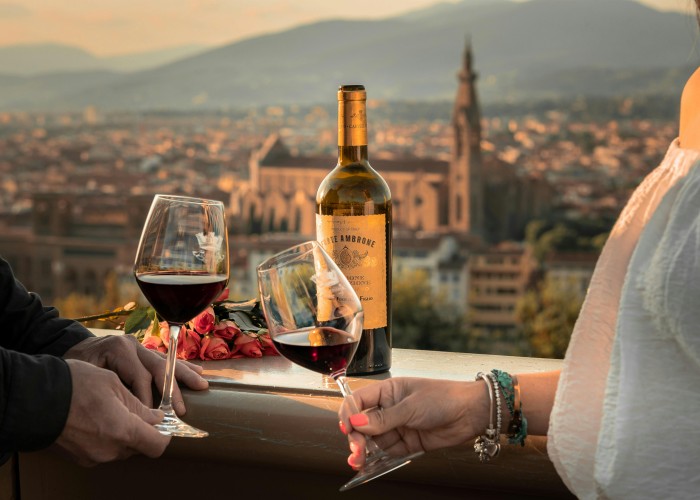
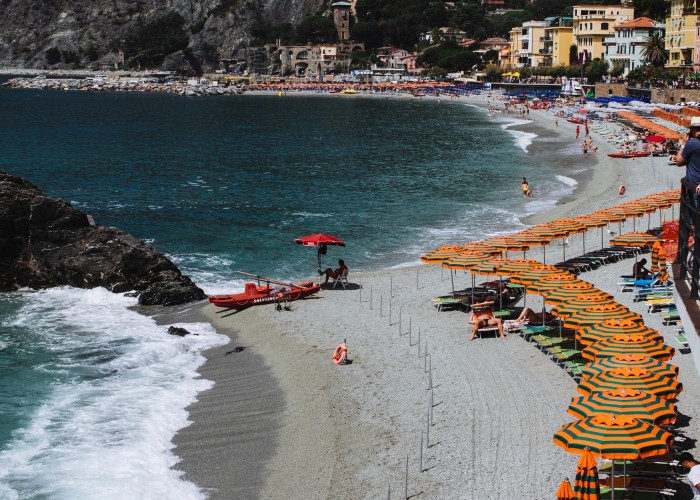
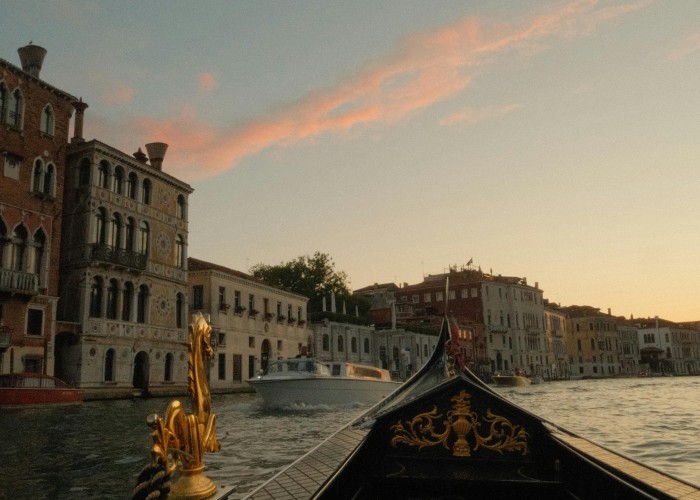
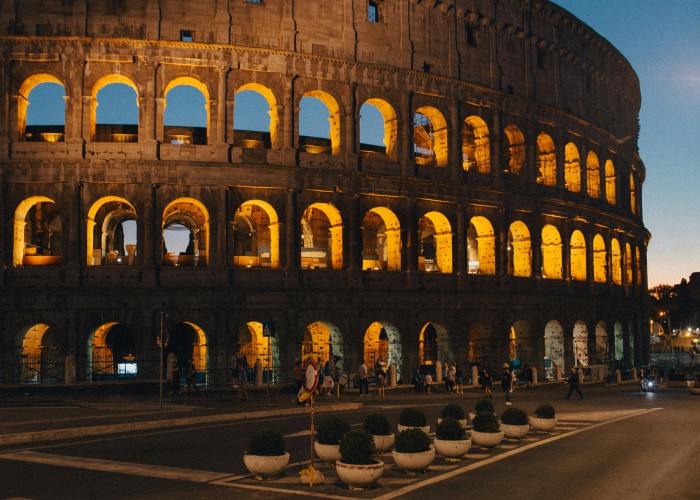
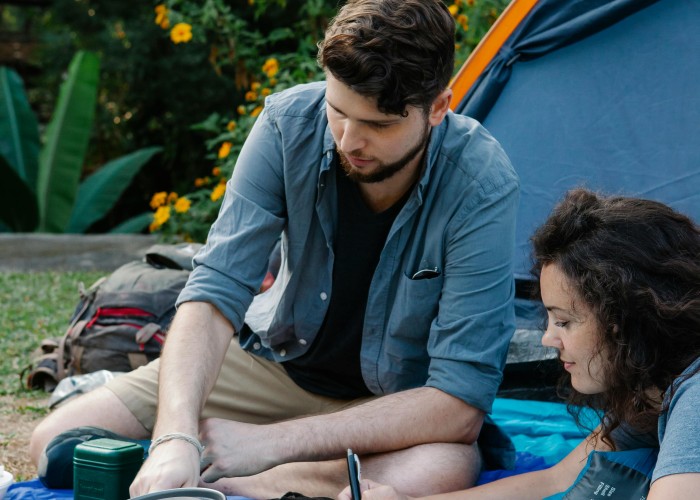
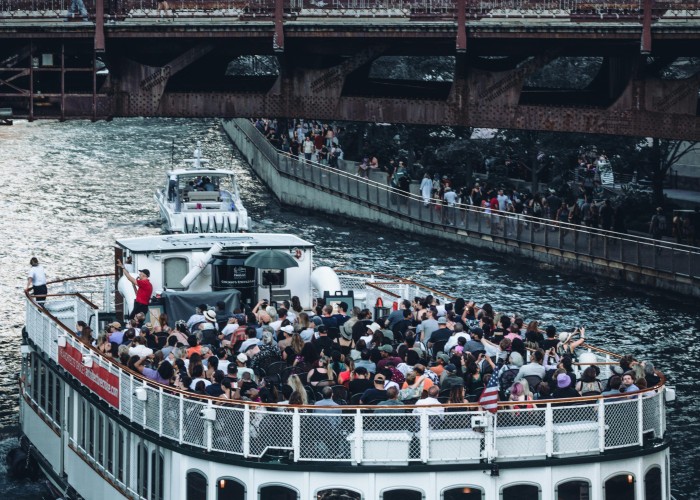
Leave a Reply